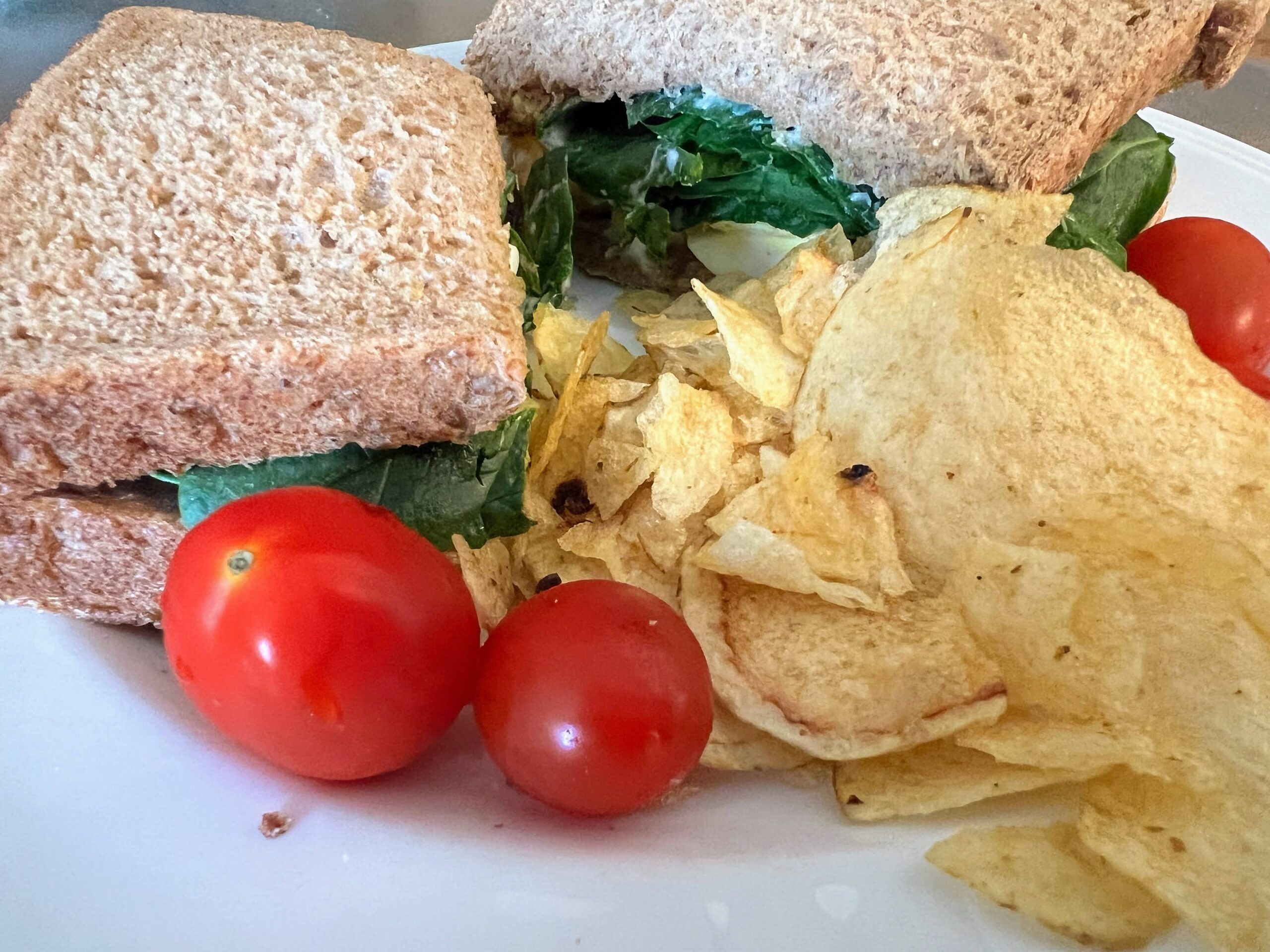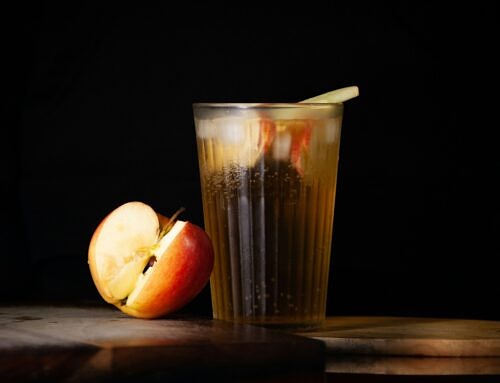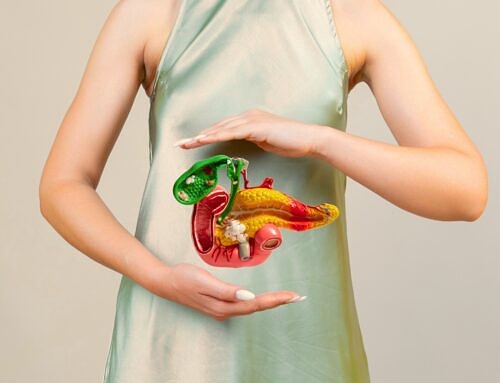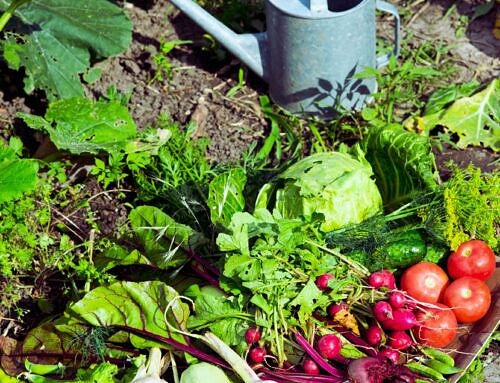
Kings, Princes and Paupers
Honestly, I have no idea what the king or other members of the royal family eat for breakfast. For me, this well-known saying reflects the traditional importance of the different meals and how to balance our food intake. It’s no secret that eating big meals late at night (within a couple of hours of bedtime) can disrupt our sleep and contribute to weight, and health, problems, but our modern culture doesn’t support having bigger meals earlier in the day.
Historically, individuals were more active with hard-labour jobs. There wasn’t the technology to make work, housework or travel easier. This meant they needed more energy earlier in the day to help them through each day. However, it isn’t just the timing of our meals that’s changed; it’s the content.
A Need for Convenience: The Workers’ Lunches
Some of our national and local traditional foods are believed to have their origins in convenience for workers:
- The ploughman’s lunch (a plate of bread, cheese, meat, pickles, and more) is thought to be a meal enjoyed by farmworkers, hence the name. It could easily be carried around to be enjoyed wherever the worker was.
- The Cornish pasty, famous and now protected. A proper Cornish pasty has the crimping around the edge, forming a D-shape. Traditionally filled with vegetables and any available scraps of meat, pasties became and easy to handle lunch for tin miners in the 1800s. The crimped crust gave them a handle that would be discarded as it became dirty and contaminated with arsenic from their hands. Although, according to The Cornish Pasty Association, this aspect may be a myth as workers used wrappings to hold the food meaning they could enjoy all of it (https://cornishpastyassociation.co.uk/about-the-pasty/history/).
- The Staffordshire oatcake, one from my home area. These oaty, pancake-like foods provided a ‘fast food’ for workers in The Potteries and were filled with cheese, bacon and more (think of a hot wrap). They could be purchased from a “hole in the wall” or stalls. There are still oatcake shops around now and my Dad often calls to get some for me when I visit – I like to cook them with cheese and onion, and/or tomato. Derbyshire oatcakes are similar but are usually thicker.
Although foods of convenience, these and other traditional workers’ lunches were intended to provide high energy and protein to help the workers stay productive throughout their shifts.
The Humble Sandwich – A British Food?
You may have heard this story, but I’ll include it anyway. Sandwiches weren’t always a ‘thing’! It wasn’t until the 18th century that the British people officially started to enjoy sandwiches. And the person responsible was John Montagu, the 4th Earl of Sandwich. The story goes that he asked for a slice of beef to be served to him between two slices of bread so that he could continue gambling while he ate. This became known as “a sandwich” and, despite being frowned upon at the time, has gone on to become the standard, easy lunchtime food we have today.
Given bread dates back thousands of years, I doubt the Earl was the first to eat this layered finger-food. We certainly had fingers before cutlery became the expected tool for formal dining. However, it’s a nice story and it is certainly plausible that the name originates from this event. If you want to know a little more about it, take a look at History Extra.
The Accessibility of Treats
It has become normal for lunch boxes to contain chocolate, crisps and cake. They have become expected in school children’s lunch boxes, alongside or instead of fruit and yoghurts. Where did this trend come from? Simply: marketing and convenience.
When mass-produced chocolate was first introduced by J.S. Fry & Sons (Fry’s) in 1866, chocolate was still considered a luxury item. Gradually chocolate became more mainstream with different flavours and fillings added. Popularity grew further during the two world wars when it was used to provide energy and a morale-boost for soldiers. It has gone on to be a household staple across the world, for better or worse! We see chocolate everywhere and the government restrictions on product placement in shops and advertising hasn’t made it any less visible.
From a health perspective, chocolate isn’t all bad. It does have some nutritional benefits but to get them it is best to consume dark chocolate that is at least 70% cocoa solids. Two squares a day is the general serving guidance, and with the bitterness it is much easier to stick to this than with other sweet chocolate bars. To learn more about the history of chocolate, here is a great article by English Heritage.
Let’s not forget the essential sandwich accompaniment: crisps. I know that crisps are not an essential food by any means, but eating this combination of foods is very much ingrained in our psyche. Again crisps are a relatively new addition to our diets: the first recipe for crisps dates back to 1817. The first crisp company was founded in America in 1910 and Smiths had been founded in London by 1920. Flavourings were introduced in the 1950s (https://museumofcrisps.com/ ). The number of crisp companies rose across the UK and Ireland, each with their own innovations. It’s probable that crisps became popular with workers due to their portability as wrapped food, as well as speed at which they can be eaten.
From a nutrition perspective, this move from snack to everyday staple has not been a positive move. Crisps do not provide any beneficial nutrition, instead they are high in salt and ‘unhealthy fats’ that may contribute to inflammation and obesity. Interestingly the obsession with crisps hasn’t yet spread through Europe. While Europeans do eat crisps but not as a regular food item.
We also have cake. Cakes have been around for centuries but tended to be for celebrations. Cakes became a more everyday food in the Regency era as a breakfast item, and in the Victorian era with the advent of afternoon tea. During the 19th century baking powder was also introduced making cakes ‘lighter’, cheaper and easier to produce. Individually wrapped cakes were only launched in the 1960s. Although other cakes could be cut up and wrapped of course, this convenience meant that could easily be added to lunch boxes as a daily dessert. However, we still enjoy cakes as part of celebrations but we celebrate more and more meaning many Brits celebrate with this sugary staple daily – birthdays, Christmas, “team wins”, the weekend, successful diet weigh-ins…..
When I was researching this article, there was mention of the number of times a day the British eat compared to other countries. In many parts of Europe, workers take time to sit and eat a lunchtime meal that includes vegetables, wholegrains and protein. In Britain, we have developed a focus on speed not nourishment. While this has become our ‘normal’, it is not necessarily a good thing.
What Does the British Lunch Mean for Health?
As treats and snacks became more mainstream and featured more heavily in our meals, we negatively impacted the nutritional content of our foods. So what does this change mean for our health?
Firstly, the shift to low-nutrient snacks means we get less protein and fibre meaning you are likely to feel hungry quicker as the food passes through your digestive system more quickly. And what will your reach for?
The lunch snacks also tend to be high in sugar, ‘unhealthy’ fats, salt and processed carbs – all of which are known to contribute to obesity, diabetes, cardiovascular disease, and other health problems.
But, another angle to consider is that while we are enjoying these foods, we are not choosing healthful items such as nuts, seeds, fruit or veg. All foods that have huge benefits for all areas of our health.
Focusing on a snacky lunch rather than the general contents, the foods we choose – the snack items – may also be contributing to your ‘afternoon slump’. Those moments where we experience a lack of energy and productivity an hour or so after eating. This is because the easy-to-digest energy sources have provided an energy boost which has peaked, and as it reduces again we feel tired. We reach for more…. snacks.
The significant thing to consider is that this can be changed. You do not have to eat this way or suffer it’s effects. Yes it is part of our culture, but culture can be changed – especially when it is detrimental for our health.
5 Easy Ways to Make a Snack Lunch a Meal
This article was inspired by a distant relative of mine. She is a holistic nutritionist living in southern England, who grew up in mainland Europe. Her daughter questioned why she eats different types of food compared to the other children at school – the response came down to proper, healthful meals versus snack foods. So how can we make lunchtime more of a meal that will support our health and afternoon energy, rather than simply a source of energy that stops our stomachs rumbling?
Time is of the essence so often with lunch – only 30 minutes to eat and socialise (may be even nip to the shop for the food too). On non-working days we often apply this approach to lunch too. So here are some simple changes that can have big health benefits if applied daily. Make one change at a time to help then change be more manageable.
- Add some colour: instead of lunch being brown, beige and white, make sure you add at least one portion of vegetables to your lunch (a portion is 80g, which may be less than you think!). You could have a small side salad, olives or veg sticks to munch on. If you have time, replace the sandwich with a veg-filled salad.
- Add natural sweetness. Choose a portion of fruit for dessert. This could be with a natural yoghurt (protein and probiotics!) if you don’t fancy plain fruit. Bonus points for adding nuts and seeds!
- Support your energy levels and keep productive longer into the afternoon: ensure you have a good source of protein. This could be an unprocessed meat, fish, cheese, eggs or plant proteins such as beans, pulses, quinoa, nuts or seeds. A portion is approximately the size of your palm.
- Feel full for longer. Swap heavily processed white flour items for wholegrains for more nutrients including fibre. This can help you to feel more full for longer. If you swap your sandwich for a salad, you could include quinoa, buckwheat or brown rice for your carb portion.
- Make your lunch a part of your day. Move away from your workstation and think about the food you are eating. Look at it, chew it, taste it.
By making these simple changes, you can make your lunch a meal fit for a modern day prince (or princess!) rather than a bundle of snacks.
If you are looking to upgrade your child’s school lunch, please check the school policy regarding nuts before including them!



